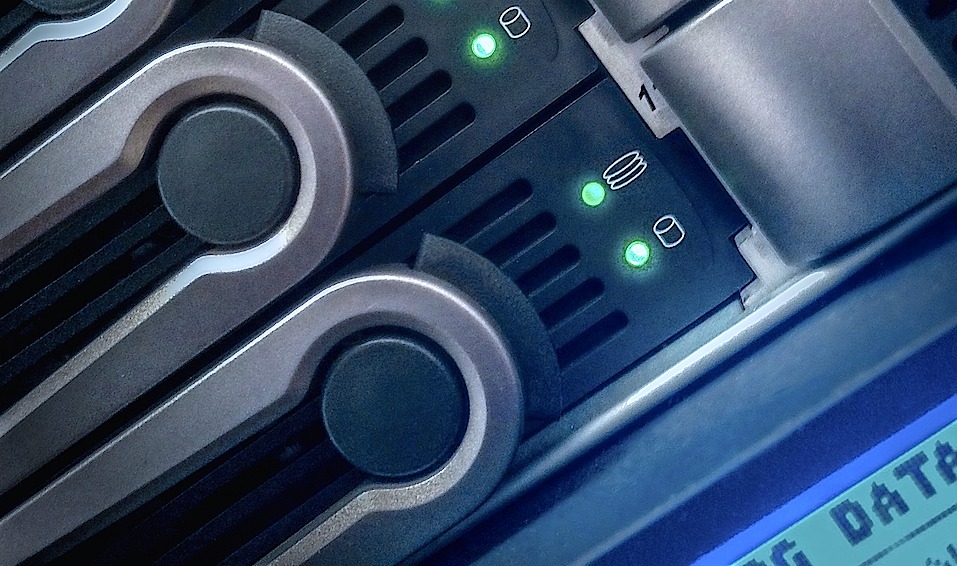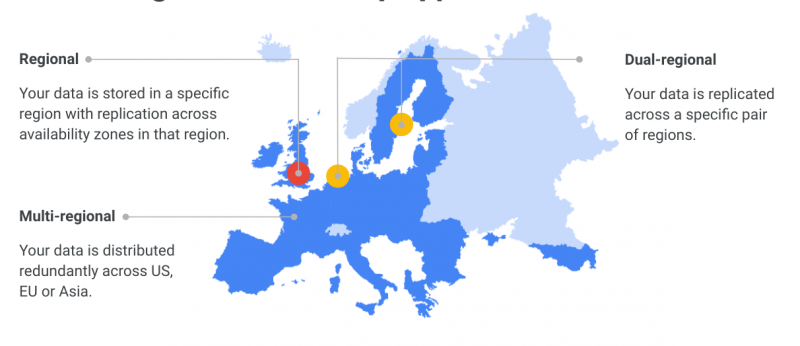 CLOUD
CLOUD
 CLOUD
CLOUD
 CLOUD
CLOUD
In one of several additions to its cloud computing offerings today, Google LLC announced new ways make data more accessible in its Cloud Storage service and control where it’s stored around the world.
Introduced early Thursday at the company’s Cloud Next conference in London, the new options for storage across multiple regions are intended to help customers for applications such as content delivery and big-data workloads.
For one, Google announced a dual-regional option in beta test mode, allowing customers to store data in a pair of specific Google Cloud regions. Often with many cloud storage services, Google Cloud product manager Geoffrey Noer said in an interview, users have to create multiple locations for their data and then use replication tools to manage the synchronization of that data.
Google’s new option, by contrast, provides the availability and backup of geographical replication of storage with low-latency storage access. “You write just one copy and we do the rest,” Noer said. “In standard enterprise offerings, if you lose your primary site, you need to manage getting your data up again.”
The option is especially useful for analytics or big-data workloads, for which having data and computing close together provides faster performance, and for serving content such as video.
For example, Twitter Inc. plans to use the dual-region option for its data platform, in particular for one large log analysis project the microblogging site just completed. Derek Lyon, Twitter’s director of engineering, will outline at Cloud Next this week how it’s moving 300 petabytes of data to Google’s cloud, but for this particular project it had to run queries on a massive 15 petabytes of compressed log files. That was going to be difficult ingesting data from only one region.
“We chose dual-region buckets because they provide us with the ingest performance and multiregional availability of multiregion buckets, combined with the data locality of regional buckets,” he said.
The dual-regional option is an addition to current options for regional — data stored in a specific region with replication across that region’s availability zones — and multi-regional, where data is distributed across the U.S., the E.U. or Asia (below).

Google also introduced higher availability for so-called nearline data, which is data that needs to be overwritten, say, once a month, and coldline data, for “cold” storage of data that may not change more than once a year. Both are lower-cost archival options than “hot” storage of oft-accessed or overwritten data.
Now, both options are stored redundantly in multiregional locations so they’re more available, with millisecond latency. “Most data has a lifecycle where its relevance (and subsequently its access frequency) is highest immediately after it’s been created, and then tails off as it ages,” Noer explained in a blog post written with product manager Ben Chong and Chris Talbott, head of Cloud Storage product marketing. “We believe that as content is accessed less frequently, you should benefit from lower-tier storage costs while maintaining a consistent customer experience and data availability and reliability.”
The new services, along with user interface and other tweaks coming soon, are part of a continuing push by Google to become more of a leader in the cloud computing business.
One analyst noted that Google is playing catch-up generally to larger rivals Amazon Web Services Inc. and Microsoft Azure. “But it’s the automation and ease of use that determines the uptake,” said Holger Mueller, vice president and principal analyst at Constellation Research Inc.
“Google is making good progress on its storage portfolio, and cloud storage matters for enterprises as they build their next-generation applications in the cloud,” he added. “So redundancy, performance and resilience capabilities like the ones that Google is adding are key for CxOs to consider the cloud as storage for their next-gen applications.”
THANK YOU